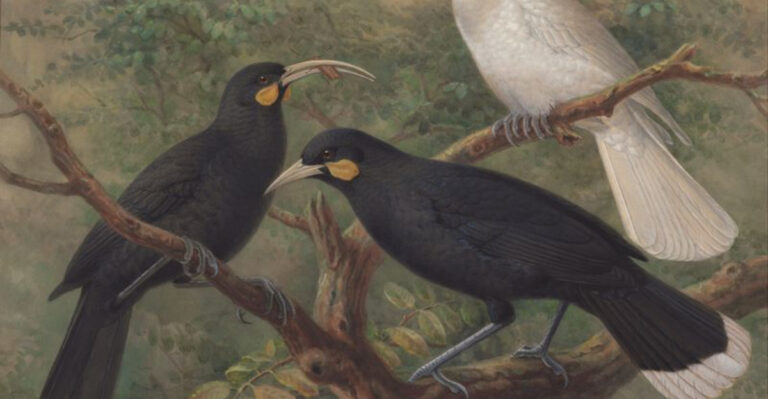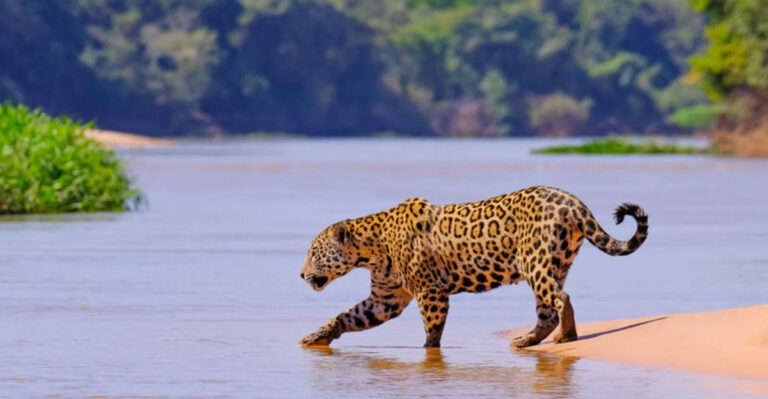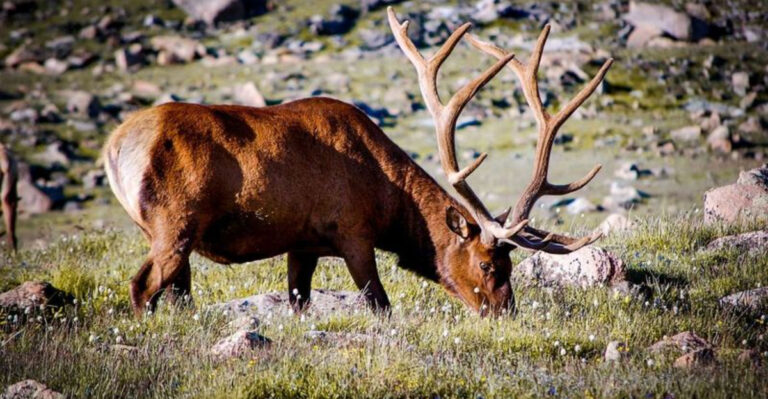Why The Great Plains Might Become A New Home For Elephants
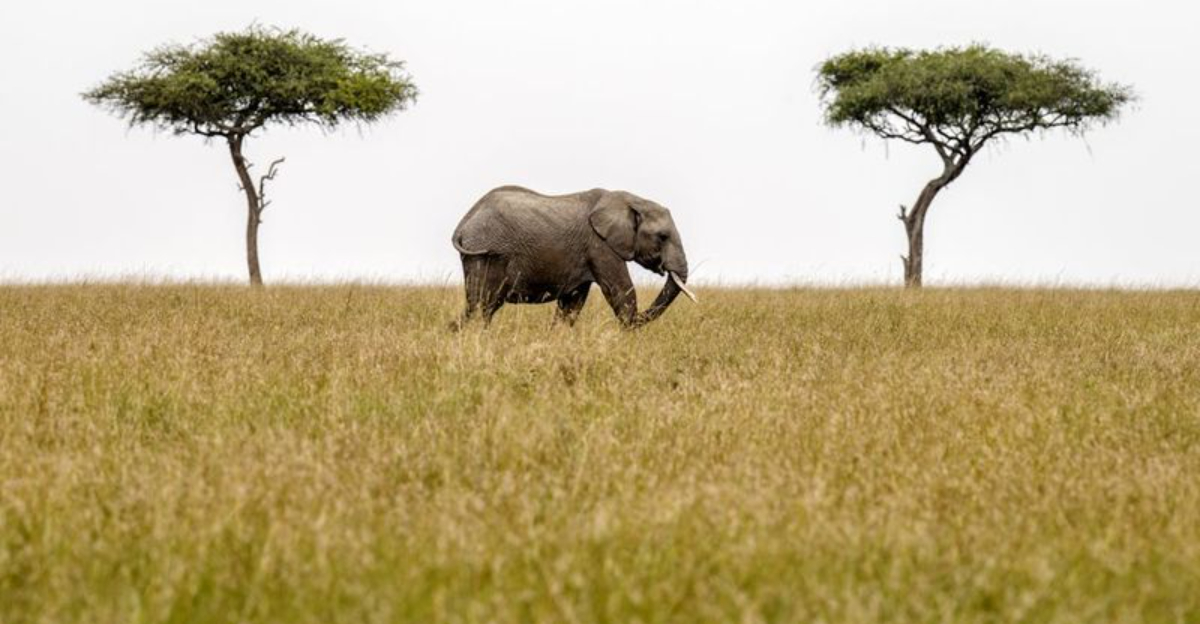
Imagine trumpeting calls echoing across the vast American grasslands. Scientists are seriously considering reintroducing elephants to the Great Plains, a bold conservation idea that could transform both the landscape and our approach to wildlife management.
The concept isn’t as far-fetched as it sounds – ancient elephant relatives once roamed these very plains thousands of years ago.
1. Elephants’ Role In Ecosystem Restoration
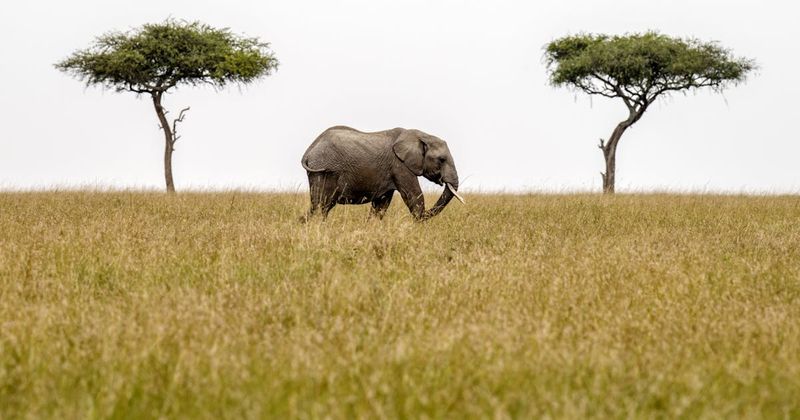
Nature’s bulldozers could revitalize dying grasslands! When elephants knock down small trees and uproot vegetation, they create microhabitats for smaller species.
This natural disturbance prevents woody plant takeover, maintaining the essential balance between grasses and trees. Their dung also spreads seeds, further enhancing plant diversity across the plains.
2. Climate Suitability Of The Great Plains
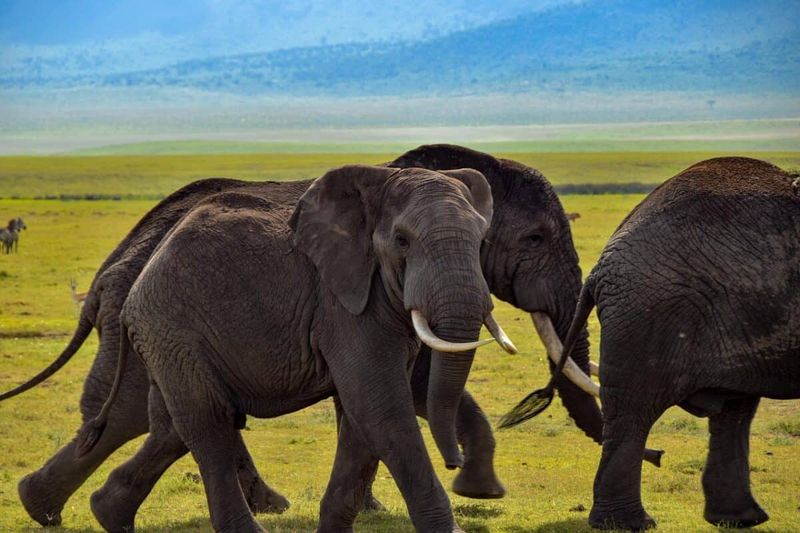
Surprisingly, the Plains’ weather patterns align well with elephant needs! Summer temperatures match parts of Africa, while winter poses challenges that could be managed with heated barns.
The region’s seasonal variations mirror some natural elephant habitats. With climate change making the Plains warmer, conditions become increasingly favorable for these adaptable giants year after year.
3. Availability Of Food And Water Sources
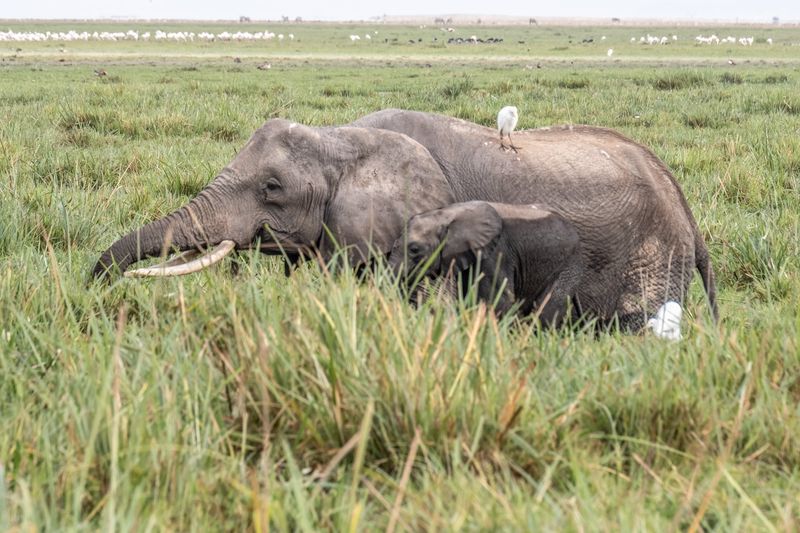
Grass, grass everywhere! An adult elephant consumes up to 300 pounds of vegetation daily – the Plains’ abundant grasses could sustain substantial populations.
River systems like the Missouri and Platte provide natural water corridors. Supplemental feeding during harsh winters would bridge seasonal gaps, similar to management practices used with bison in northern regions.
4. Space For Large Mammals To Roam
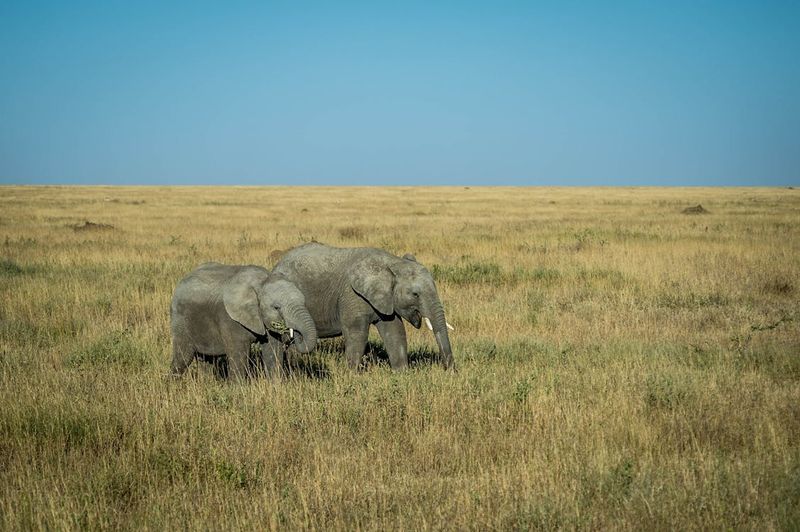
Room to wander without borders! The American Prairie Reserve alone aims to protect 3.5 million acres – enough space for elephants to follow natural movement patterns.
Wild elephants typically travel 15-30 miles daily. The interconnected conservation lands across multiple states could support these movement needs, allowing herds to migrate seasonally just as their ancestors once did.
5. Benefits To Biodiversity On The Plains

Dung beetles would throw a party! Elephant droppings create mini-ecosystems, supporting insects that break down waste and enrich soil.
Their wallowing behavior creates water holes benefiting amphibians and birds. By opening dense vegetation, they create habitat mosaics where different plant species thrive, increasing overall biodiversity in previously homogeneous grasslands.
6. Historical Range Of Elephants In North America
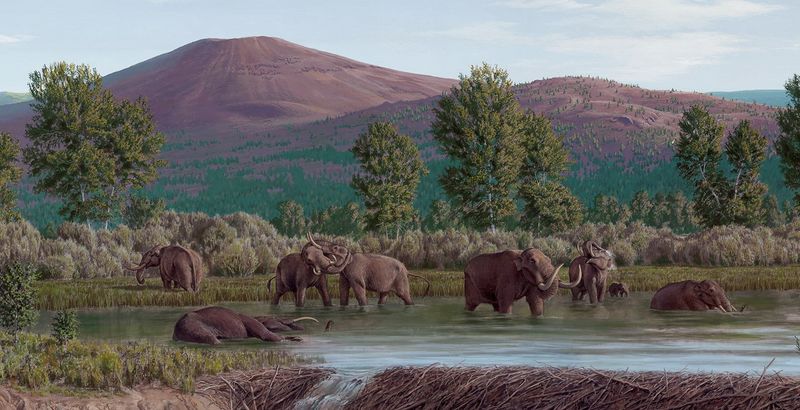
Ancient cousins once called America home! Mammoths and mastodons roamed the continent until about 10,000 years ago, leaving behind ecological gaps when they vanished.
These prehistoric relatives shaped North American landscapes for millions of years. Modern elephants could potentially fill the ecological niche left vacant, restoring ancient processes that evolved alongside large herbivores.
7. Conservation Efforts Supporting Reintroduction
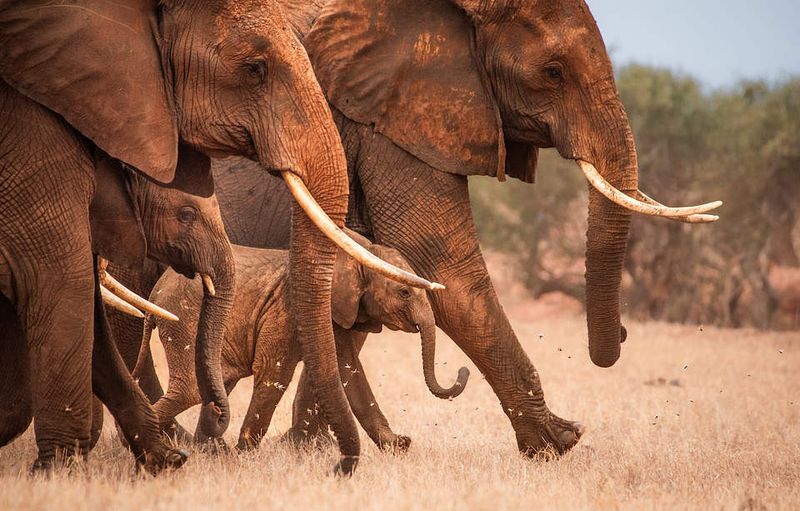
The American Prairie Reserve has already blazed this trail! Their successful bison reintroduction demonstrates how large mammals can return to native ranges.
Conservation organizations increasingly embrace “rewilding” – restoring keystone species to their ecological roles. Elephant sanctuary partnerships could provide both expertise and source animals for carefully managed reintroduction programs.
8. Impact On Grassland Health And Growth
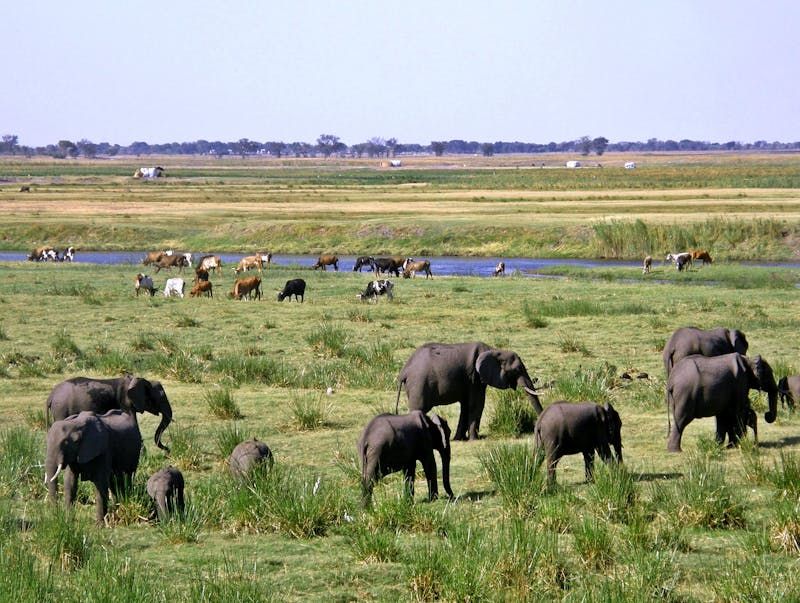
Trampling hooves create firebreaks! When elephants walk, their massive weight breaks down dead vegetation and compacts soil in patterns that can help control wildfires.
Their feeding habits prevent any single plant species from dominating. By selectively browsing woody plants and fertilizing grasses with dung, elephants could help maintain the prairie’s open character against the ongoing threat of forest encroachment.
9. Elephants As Natural Landscape Engineers
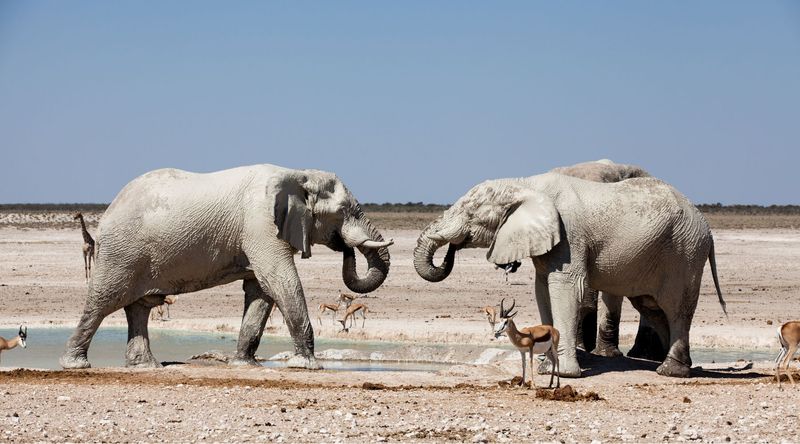
Mother Nature’s original excavators dig wells during drought! These depressions collect water, creating lifesaving oases for countless species.
Trails created by regular elephant movement become natural firebreaks and corridors for other wildlife. Their dust bathing creates mineral-rich soil patches where unique plant communities emerge, adding complexity to the ecosystem’s structure.
10. Potential Challenges Of Reintroduction
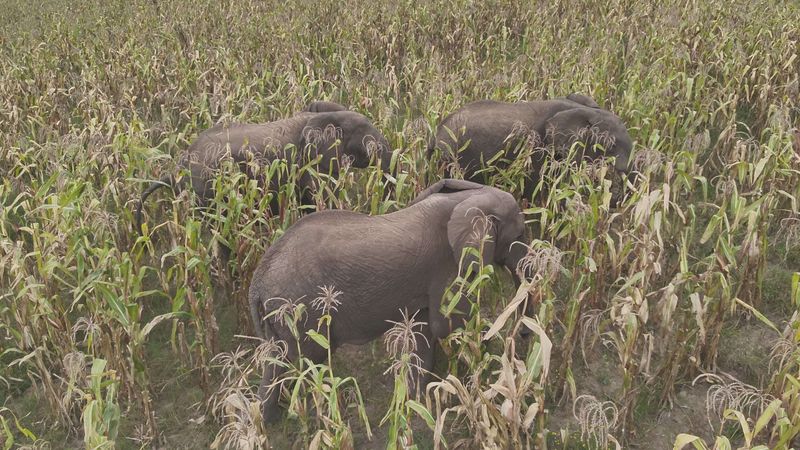
Winter presents the biggest hurdle! Heated barns and supplemental feeding would be necessary during the coldest months until genetic adaptation occurs over generations.
Fencing requirements pose logistical and ethical questions about truly “wild” populations. Agricultural conflicts would need careful management through buffer zones and compensation programs for affected landowners.
11. Human-Wildlife Coexistence Strategies
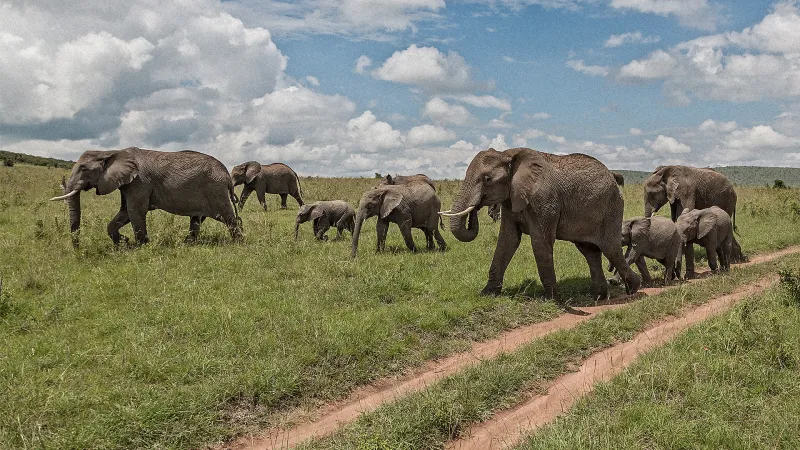
Smart fencing systems already show promise! Beehive fences deter elephants naturally in Africa – similar innovations could work here.
Early warning systems using GPS collars alert farmers when elephants approach fields. Community-based tourism creates economic incentives for protection rather than conflict, transforming potential problems into opportunities for local communities.
12. Economic Benefits Of Ecotourism
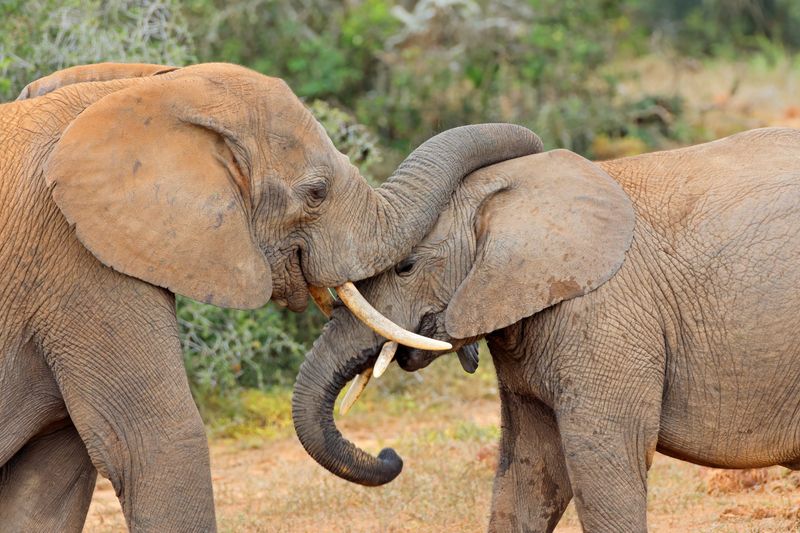
Safari tours, American style! Rural communities could experience economic revival through elephant-watching tourism, creating jobs in areas struggling with population decline.
Lodges, guide services, and restaurants would flourish in gateway communities. The Yellowstone wolf reintroduction demonstrates this potential – it generates $35 million annually in tourism revenue from visitors specifically hoping to glimpse wolves.
13. Comparison With Elephant Habitats Worldwide
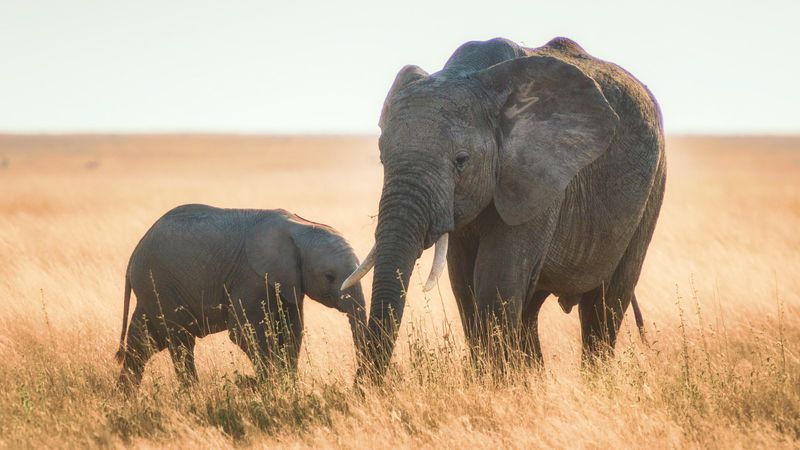
The Plains mirror parts of elephant-friendly South Africa! Both regions feature seasonal rainfall, mixed grass-tree landscapes, and similar summer temperature ranges.
Successful elephant populations in colder parts of Asia demonstrate cold-tolerance potential. Studies of elephant adaptations across diverse habitats provide blueprints for managing potential Great Plains populations through seasonal migrations and supplemental care.
14. Future Prospects For Elephant Populations
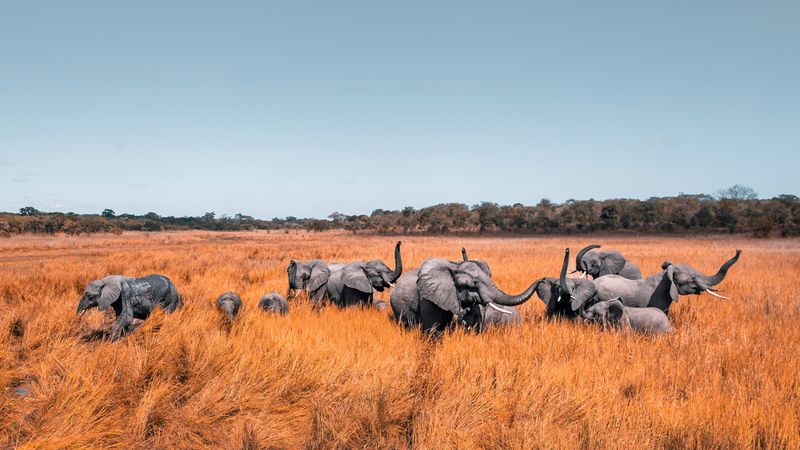
A win-win solution emerges! With African elephant habitat shrinking by 50% since 1979, new territories could help prevent extinction.
Captive elephants from zoos could pioneer rewilding efforts, gradually establishing self-sustaining herds. Genetic diversity could be carefully managed through strategic breeding programs, potentially saving these magnificent creatures while simultaneously restoring America’s ecological heritage.

